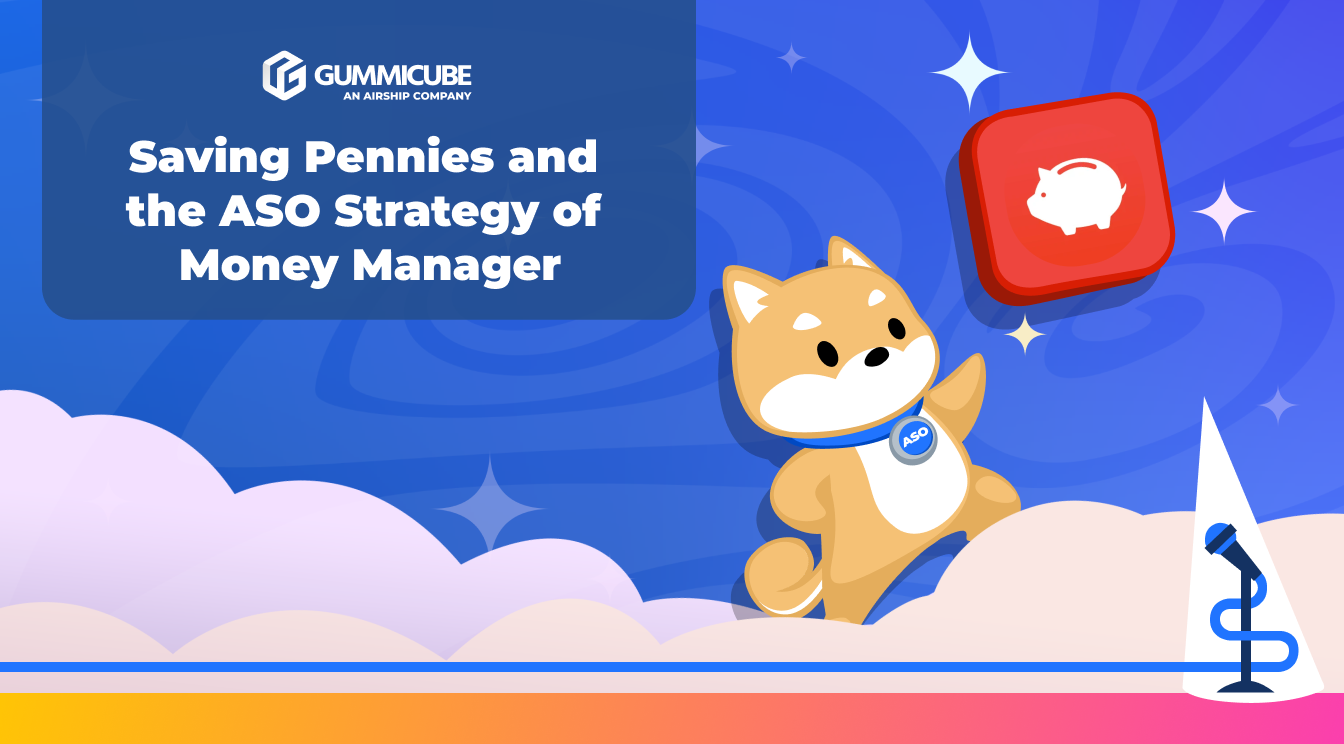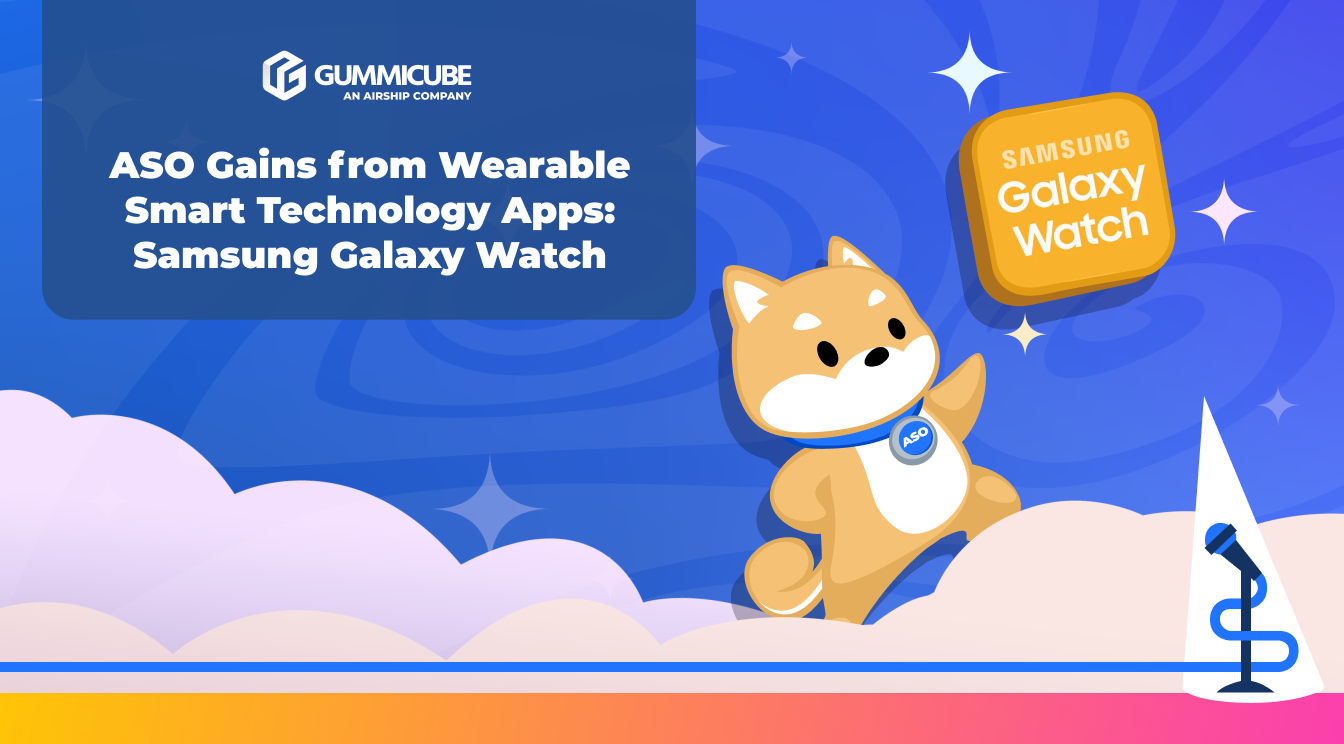
Saving Pennies and the ASO Strategy of Money Manager
Posted on December 23rd, 2025
Small changes in Money Manager's ASO execution could result in a boost in visibility and conversion rates. Read more to see where they can improve.

We’re well into Summer, which means people around the country are heading off on vacations, and many of them are using apps to plan and book their trips. Travel and vacation apps should optimize to take advantage of this increased demand and bring in new users. For this week’s App Store Spotlight, we’re taking a look at the Trip.com app to see if its App Store Optimization is good enough to provide it a one-way ticket to the top of search results.
On the Apple App Store, Trip.com is the #1 ranked app for “Trip,” as well as #2 for “flight and hotel.” It also ranks in the top 10 for “book hotel,” “international travel” and “vacation package.” However, its keyword rankings drop quickly, ranking #18 for “book flights” and “hotel booking,” “#20 for “cheap vacations” and #23 for “hotel deals.” Its rankings for competitor apps are varied, as it ranks #11 for “Priceline” and #14 for “trivago,” but only #31 for “Expedia” and #71 for “Kayak.”
Creatives: Trip.com’s creative set uses eight images, which are designed to show a phone screen with the screenshots over backgrounds with trip and vacation imagery. Previous screenshots used a more generic blue background, but the current design seems to be updated for the season.
Each one is accompanied with callout text related to the screenshot and background, making each one a thematically cohesive image that tells users about the app.
For instance, the screenshot showing the flight search and boking features uses the callout text “fly worldwide with zero booking fees.” The background for that screenshot has a drawing of a plane in flight through the clouds, driving in the travel imagery.
The screenshots also use relaxing, warm colors designed to invoke the mood of a getaway trip, while matching the overall imagery. Blue colors are the most common, as they match the colors of the Trip.com icon to maintain the sense of branding. Each screenshot shows a different aspect of the app, such as the trip planner, deals or car rentals.
While the callout text does utilize keywords, so users can see how the app relates to their queries, they can also be a bit lengthy. Keeping the callout text short can make it easier for users to quickly take in while they’re looking at the screenshots, although it’s still important to maintain keywords in them.
Title & Subtitle: The app’s full title, “Trip.com: Flights & Hotels,” uses 26 of the 30 characters Apple provides. While it does have room for four more characters, it comes close to utilizing the entire space with keywords.
The subtitle, “Exclusive Travel Deals,” only uses 22. This gives it room for eight more characters, which could be used to fit in another keyword to target. This would put the new keyword in a user-facing position so users can see how it relates to their queries.
Description: Trip.com’s description starts off with a short introduction, followed by lengthier lists covering all that the app has to offer. These utilize keywords nicely, calling out features like “Rental cars” (which it ranks #35 for) and “cheap hotels” (#22) and are sorted into distinct sections.
The use of bullet points throughout the description makes it easy for users to read at a glance, although lines within the feature lists are still on the long side. For instance, at one point it calls out “Our advanced flight search engine allows you to find the ideal flight filtering by price, duration, departure or arrival time, or airline and stops.” While this is useful information, it’s still harder for users to read at a glance than a short, to the point line would be. It could simply call out the filters, or even make a sub-section listing all the ways users can search for flights.
On Google Play, Trip.com ranks #1 for its name and “trip details.” It ranks #3 for “trip” and #5 for “trips,” but its rankings fall shortly after. It ranks #21 for “travel deals” and “vacation deals,” #26 for “free travel apps” and #33 for “trip organizer.” As far as competitors go, it ranks #25 for “Expedia,” #39 for “Trip Advisor” and #75 for “Priceline.”
Creatives: Trip.com uses a similar creative set on both iOS and Google Play, although the device shown in each store’s screenshots are different. Aside from that, each image uses the same screenshot, background and callout text.
Neither Google Play nor iOS use videos, although the Google Play version could potentially benefit from using one. It would be doable to show a user booking a trip on the app, then cutting between the functions of the app and their effects on planning the vacation and traveling, as some competing apps, such as Google Trips or Trivago, do. Trip.com could test such a video to see if users respond well to it. This would only be possible on Google Play, which does not restrict the videos to in-app footage alone.
Description & Metadata: The description is written the same on iOS and Google Play, although the Google Play version uses HTML to add bold text to the description. This emphasizes headers and key phrases, such as “zero booking fees,” and makes each feature set stand out.
Google Play descriptions need to be written with a focus on keywords. They should be placed near the front of each sentence and line so it’s easier for the algorithm to identify them. The description does so in many places, such as a bullet lists calling out its deals or headers like “Find cheap hotels in minutes” (it ranks #76 for “cheap hotels”), but there are still many areas where it doesn’t utilize keywords.
For instance, one section header is called “Book the perfect flight.” The app currently ranks #57 for “book flights,” so it could reword this header section to emphasize the “book flights” keyword. Similarly, lines within the description say things like “Have a fixed budget, but not sure where to go?” and “Cancel or modify your bookings easily,” which are not keyword-focused. Adjusting these lines to call out the keywords it wants to target can help its indexation for those terms.
Trip.com is an app in a very competitive field, but it has a good foundation for its App Store Optimization. Its descriptions are formatted well but need to be written with a focus on quick readability and keywords. Similarly, its creative sets look nice and use good design and colors but need to shorten their callout text to make their point quickly. Summer is a big time for travel apps, so Trip.com and other apps in the field should be sure to optimize their apps to compete.
Want more information regarding App Store Optimization? Contact Gummicube and we’ll help get your strategy started.

Small changes in Money Manager's ASO execution could result in a boost in visibility and conversion rates. Read more to see where they can improve.

Cleanup demonstrates a solid foundation in their app listing, but implementing ASO best practices can help set them apart from the competition.

By incorporating high-volume keywords, creatives, & A/B testing, the listing can better communicate the device’s capabilities during peak app seasonality.